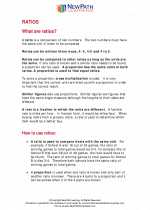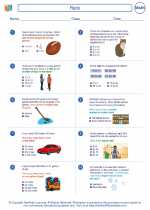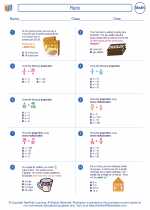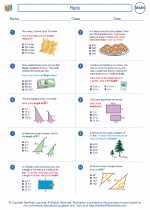Reciprocal Rule
The reciprocal rule is a mathematical rule that deals with finding the reciprocal of a number. The reciprocal of a number is simply 1 divided by that number. In mathematical terms, if we have a number x, its reciprocal is denoted as 1/x.
Reciprocal Rule Formula
The formula for finding the reciprocal of a number is:
Reciprocal of x = 1/x
Example
If we have a number 5, its reciprocal would be:
Reciprocal of 5 = 1/5 = 0.2
Properties of Reciprocals
- The reciprocal of a positive number is also positive.
- The reciprocal of a negative number is also negative.
- The reciprocal of 1 is 1.
- The reciprocal of 0 is undefined because division by zero is undefined.
Reciprocal Rule in Fractions
When dealing with fractions, finding the reciprocal of a fraction involves flipping the numerator and the denominator. For example, the reciprocal of 3/4 is 4/3.
Practice Problems
1. Find the reciprocal of 8.
Reciprocal of 8 = 1/8
2. Find the reciprocal of -2.
Reciprocal of -2 = -1/2
3. Find the reciprocal of 3/5.
Reciprocal of 3/5 = 5/3
Applications
The reciprocal rule is often used in algebra, calculus, and physics to solve equations and simplify expressions.
Summary
The reciprocal rule is a fundamental concept in mathematics that involves finding the reciprocal of a number. Understanding the properties and applications of reciprocals can help in various mathematical and scientific calculations.
.



